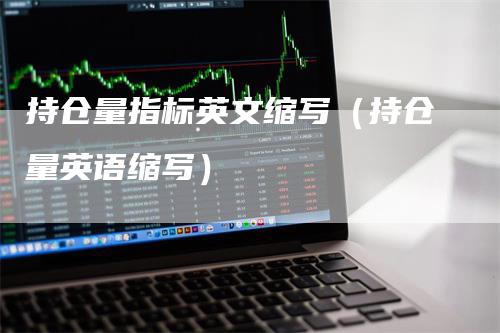
What is Open Interest indicator?
Open Interest (OI) is an important indicator used in trading and investment analysis. It refers to the total number of outstanding or open contracts in a specific financial instrument, such as futures or options. It represents the level of market participation and the total number of positions being held by traders and investors.
Why is Open Interest important?
Open Interest is considered an essential metric in trading for several reasons:
- Market participation: It provides insights into the level of interest and involvement of market participants in a particular instrument. High open interest suggests a high level of activity and interest in the market.
- Liquidity: High open interest generally indicates high liquidity, making it easier for traders to buy or sell the instrument.
- Trend confirmation: Changes in open interest can help confirm the strength or weakness of a prevailing trend. If open interest increases along with rising prices, it suggests strong bullish sentiment. Conversely, if open interest decreases while prices rise, it may indicate a weakening trend.
- Indicator of support and resistance levels: Open Interest at specific price levels can act as support or resistance, indicating potential price reversal or continuation levels.
How is Open Interest calculated?
Open Interest is calculated by aggregating the total number of outstanding contracts held by all market participants. Each contract represents both a buyer and a seller, and the total number of contracts held by all parties is considered the open interest.
What are the limitations of Open Interest?
While Open Interest is a useful indicator, it should not be relied upon solely for making trading decisions. Here are some limitations:
- No information about direction: Open Interest does not provide information about the direction of the underlying market. It only indicates the number of outstanding contracts.
- Not real-time data: Open Interest data is typically reported with a delay, making it less useful for short-term trading strategies.
- Mix of long and short positions: Open Interest does not differentiate between long or short positions. It only represents the total number of contracts.
Conclusion
Open Interest is a valuable indicator for traders and investors, providing insights into market participation, liquidity, and trend confirmation. While it has its limitations, when used in conjunction with other technical and fundamental analysis tools, Open Interest can help make informed trading decisions.
 微信扫一扫打赏
微信扫一扫打赏
 支付宝扫一扫打赏
支付宝扫一扫打赏





